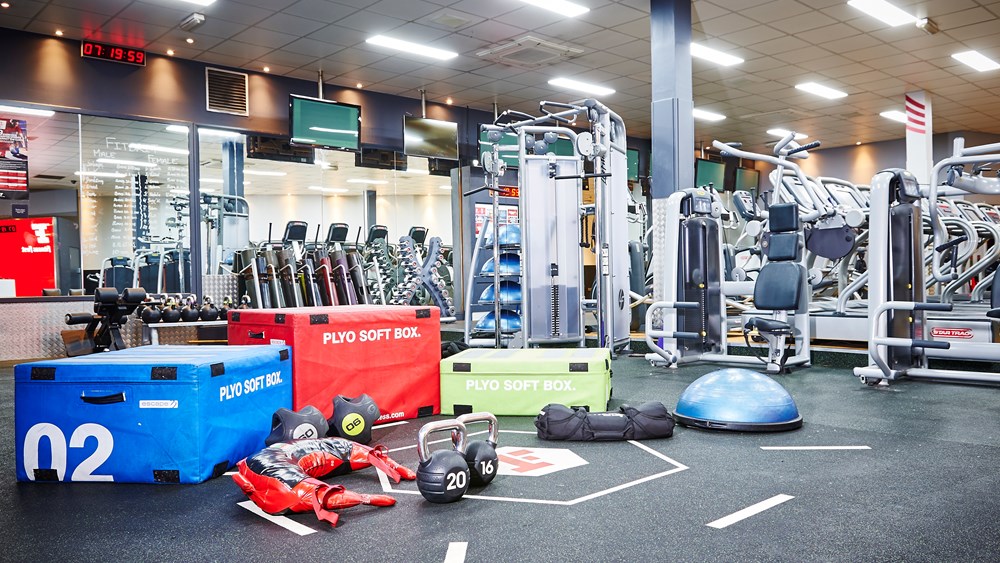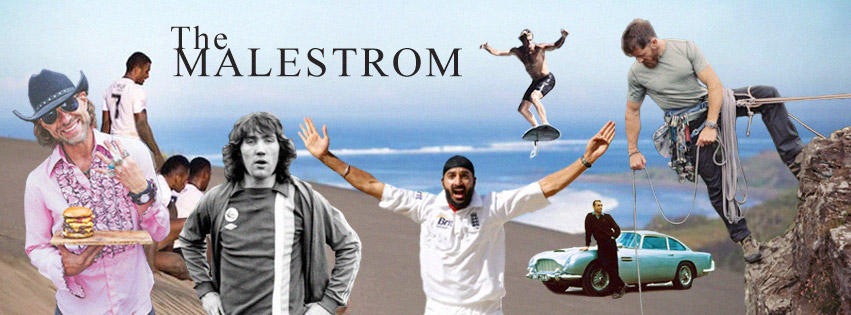
Many top athletes are prolonging their careers, thanks in large to smarter training and an awareness of their body’s needs. It does, however, require hard work and an understanding of physical changes be it bone and joint health to diet and metabolism. But the good news is that legendary old man strength is within your grasp.
For ordinary gym-goers, intense exercise starts getting harder in your 40s as your maximum heart rate declines. And in our 50s and 60s, muscle loss can start to take hold.
But it’s nature and you can’t do anything about it, right? Wrong. As fitness experts better understand the impact of ageing on the body, they’re realising that much of the decline can be slowed or even reversed with the right kind of exercise.
Forget the clichés about ageing. It’s possible to get fitter and develop old man strength as you get older.
HOW IS OUR FITNESS AFFECTED BY AGEING?

- METABOLISM SLOWS DOWN — As your metabolic rate drops you become more predisposed to storing excess energy. Body fat levels will increase if you don’t get the balance of training and healthy eating right.
- MOBILITY DECREASES — During our working life, we spend far too much time hunched over a computer, which starts to reduce flexibility and mobility across our major joints.
- BONE/JOINT STRENGTH DECREASES – You have a reduced ability to absorb compressive forces on your joints as you age.
- MUSCLE MASS DECLINES – In your 50s, muscle loss tends to speed up and can be as much as a 10% loss every decade since.
WHY DO OUR FITNESS LEVELS DROP AS WE AGE?
Ultimately, there are two big reasons your physical performance drops as you age, says Professor of Medicine and Exercise at Sydney University, Maria Fiatarone Singh. The first you can compensate for, the second you can stop or even reverse.
1. YOUR MAXIMAL HEART RATE GOES DOWN.
“That’s something that’s not amenable to training. You can alter how much work you can do at a submaximal heart rate, which is most relevant to real life, but you can’t actually alter your peak heart rate.”
No training will bring back your original, maximum heart rate, according to Prof. Fiatarone Singh. This is due to a decline in the ability of adrenaline receptors, which prevents them from communicating effectively with the timing cells that dictate how fast the heart is going.
“That’s one thing that people have found you can’t alter by exercise, but exercise can certainly alter the amount of work that you can do at a given heart rate.”
2. YOU’LL SEE A DECLINE IN MUSCLE MASS AND FUNCTION
“It begins at 50-60 but is generally not severe enough to affect function until later, at 75 and beyond. The combination of age-related sarcopenia, disease, undernutrition and inactivity produce the clinical problem most severely.”
Although it’s a natural by-product of ageing, the development of muscle loss can be slowed and even reversed with exercise. It’s easy to blame a decline in fitness on getting older, but some of it is simply us neglecting to do the right kind of exercise.
WHAT CAN YOU DO TO FIGHT BACK?
Sports science is showing that exercise can slow down, and in many respects, reverse the physiological effects of ageing on your body. Reduced muscle mass and function, bone and joint strength and mobility can all be delayed with the right exercise.
The type of training you do plays a significant role in how you age. By making some small adjustments to your workout, you can anticipate changes to your fitness levels as you continue to grow older.
TRAIN THE MOVEMENT, NOT THE MUSCLES

Traditional resistance training methods have been used successfully by fitness professionals for decades to support weight loss, muscle growth and to define and improve muscular strength. But did you know that resistance training also plays a part in slowing down age-related loss in muscle mass?
Sarcopenia, the decline in muscle mass and function, starts to take effect when people reach their 50s and 60s. By your 70s it can become severe enough to hinder muscle function. Aerobic exercise has its benefits, but it’s not enough to keep sarcopenia at bay without the addition of resistance training.
However, traditional weightlifting is not the only solution – this type of training is great for isolating muscles but is not an ideal fitness routine when we’re older. In fact, two experts on human movement, Dr Robert Schliep and Divo Muller, have clearly stated:
“Exercise programmes that use a variety of loads while moving in a number of different directions at different speeds may be more beneficial for training the entire myofascial network as one integrated unit.”
In short, resistance training with a variety of loads moving in different directions not only works to prevent muscle loss but improves overall strength and mobility, for developing that old man strength as you age.
Even when the focus is just to boost muscle, these kinds of exercises are the most effective. As we get older, training your overall movement is more important than simply building muscle. Having greater functional strength and mobility is more crucial than just isolated strength.
MOVEMENTS IN ACTIVITIES OF DAILY LIVING
Activities of daily living (ADLs) refers to daily tasks you perform on a regular basis. Whether it’s walking the kids to school, performing housework or even gardening, ADLs are moments when you’re exercising without realising it.
When you get older, these simple tasks will become gradually more difficult if you neglect your fitness routine. By keeping on top of resistance training and varying your workouts as you get older, you’re giving yourself the best chance at retaining your fitness levels. This also minimizes your risk of injury during everyday life – something that becomes increasingly important as we get older.
KEEP YOUR WORKOUTS FEELING FRESH
Typically, too many people stick to what they know in terms of training, but this can be very dangerous. Your goals in your 20s are unlikely to be the same in your 40s and 50s, when your body’s needs are changing.
The good thing about wanting to keep fit and active as you get older is that you don’t have to go it alone. Group exercise classes are a fantastic way to mix up your traditional training session and keep fit with like-minded gym-goers.
You may not be able to control getting older, but with movement as the foundation of how you train, you can still make each year your fittest and strongest year yet.
For all your fitness needs head to:https://www.dwsports.com/training-2/
Image credit: https://traineracademy.org
Click the banner to share on Facebook


